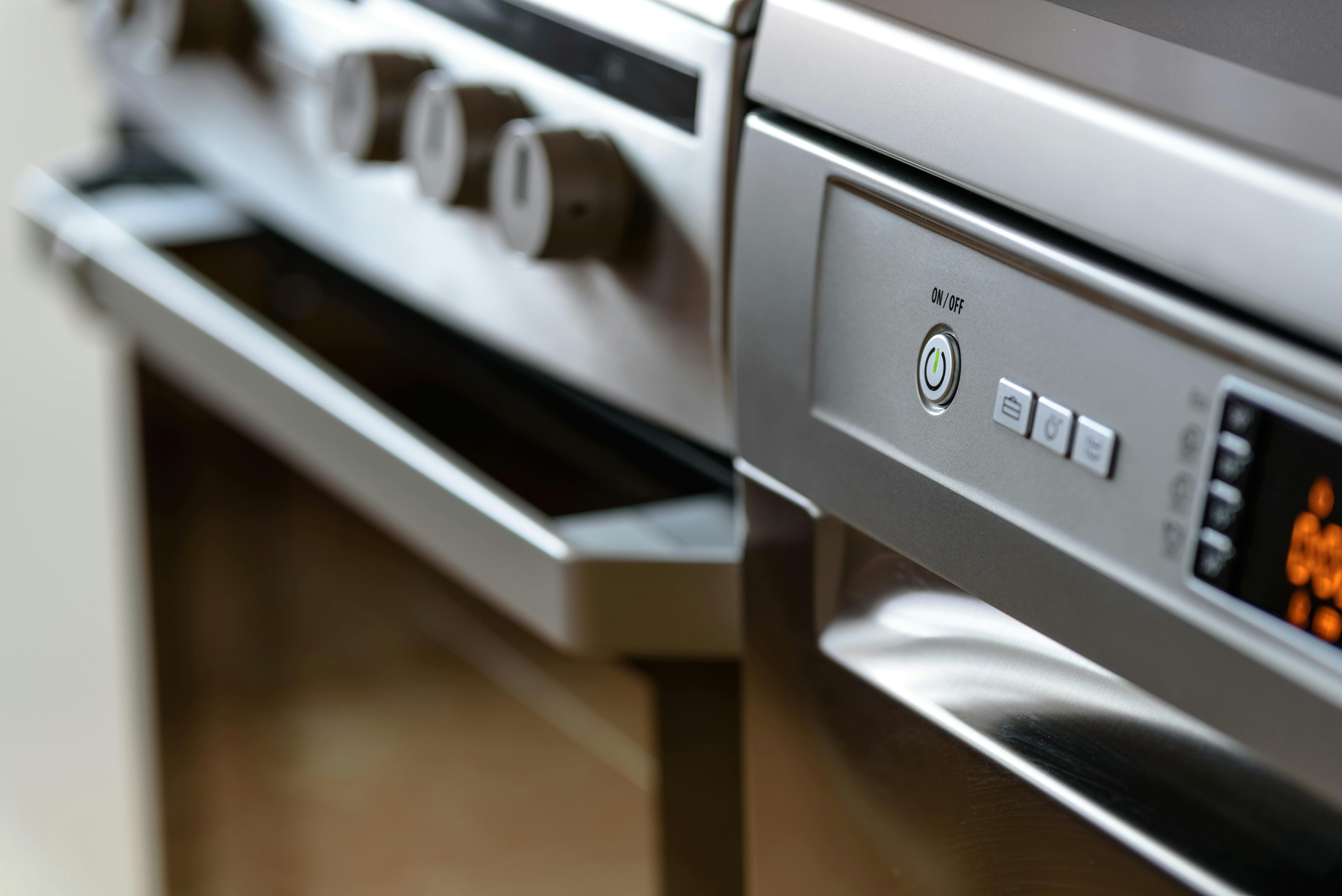
Preparing for a Flood: From Flood Insurance to Home Safety
No one expects to find 10 inches of water in the living room. Did you know that flooding is the number one natural disaster in the United States? Unfortunately, it can happen to anyone, and the best thing you can do to protect your family and home is to be prepared. Read on to discover some things you can do before this natural disaster strikes.
map ahead
-Buy flood insurance: Believe it or not, regular home insurance does not cover water damage. This is why business owners and homeowners are strongly encouraged to purchase flood insurance. Just remember that it takes 30 days after your purchase for your flood insurance protection to take effect.
-Build your house in the right place: Avoid building your house and business on low land next to a river. These areas extend from the banks of the river to the walls of the closed valley walls. Even when these areas remain dry for many years, when it rains heavily, your home can be in great danger.
-Take care of appliances: You should raise your HVAC and electrical systems, including wiring, at least one foot. Doing this will help prevent short circuits and possible fires. Also, keep in mind that any electrical component that is flooded, even for a short period of time, must be replaced.
-Build a barrier: To prevent water from entering your home, you can also build a barrier. You can build a dam with compacted earth or masonry. Masonry is a structure made of individual components that are attached to each other. In addition to protecting your home, the biggest advantage of these types of barriers is that they will not change the appearance of your house.
-Seal your house: Install water protectors on windows, doors and any other openings. Also, coat the walls with waterproof sealant. Remember to seal all the low areas of your house.
during a storm
-Be alert: watch or listen to the news. Get constantly updated information, in case you need to leave your house.
-Move to a safe place: you don’t need to wait for instructions to move to higher ground. However, if you decide to stay home and at any time authorities determine that an evacuation is necessary, you must go! If you have time, before you leave, bring the outdoor furniture inside your house and move important things upstairs. And don’t forget to lock your house!
-Be careful: know which areas fill with water the fastest and try not to drive or walk near them. Also, avoid all contact with flood water. It is dangerous because it contains chemical waste or sewage. If for any reason you come into contact with it, wash immediately with clean, soapy water.
Following these recommendations will help you be prepared in the event of a flood. Remember to always be safe!